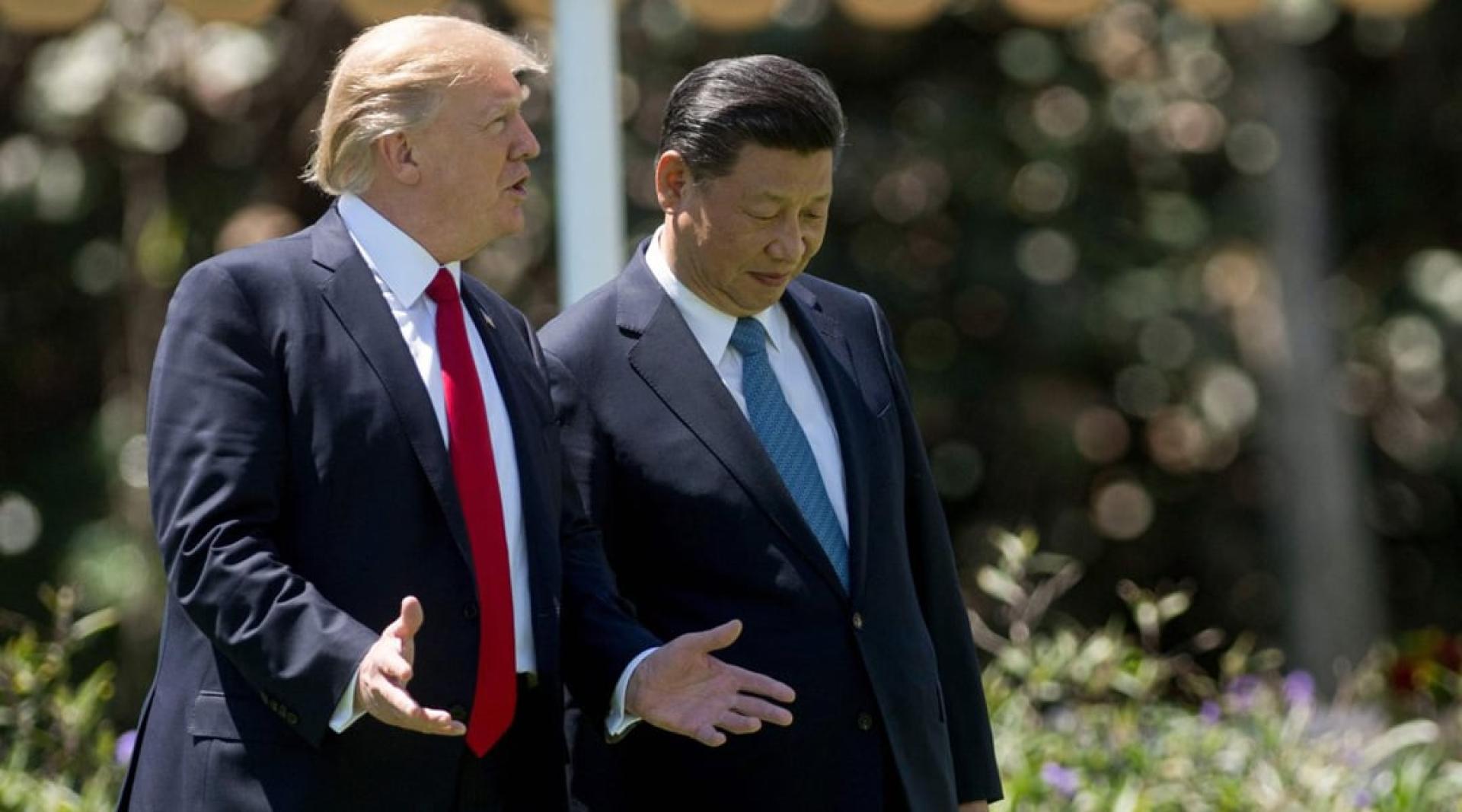As trade negotiations between the U.S. and China are set to expire on August 12, U.S. President Donald Trump posted late night on August 10 (Eastern Time) to reach out to Chinese President Xi Jinping. He stated that China doesn’t need to worry about a shortage of soybeans and can significantly increase purchases of U.S. soybeans, which would also reduce the U.S.-China trade deficit.
On the social platform Truth Social, Trump wrote: “China is worried about a soybean shortage. America’s great farmers produce the highest-quality soybeans. I hope China can quickly increase its soybean orders to four times the original amount. This is also a major way to reduce China’s trade surplus with the U.S.”
Trump concluded: “America will provide services promptly. Thanks to Chinese President Xi Jinping.”
U.S. and Chinese officials agreed in Geneva in May to a 90-day truce in the trade war, set to expire on August 12. Trump has yet to decide whether to extend the truce period, though U.S. Treasury Secretary Besent and Commerce Secretary Lutnick indicated in late July and early August that an extension is possible.
Reuters reported in May that China was once the largest single market for U.S. soybean exports, absorbing over half of U.S. soybean exports in the previous sales year. Currently, however, about 70% of China’s soybean imports come from Brazil. Compared to U.S. farmers, who still face tariff barriers, Brazilian soybeans not only enjoy duty-free status and lower prices, but also offer a stable supply, further complicating the recovery of U.S. soybean sales in China.
U.S. Treasury Secretary: Majority of Talks Expected to Conclude by End of October
In a separate interview with Nikkei (Japan Economic News), U.S. Treasury Secretary Besent said that once the trade imbalance is improved, the “reciprocal” tariffs imposed on imports from various countries could be lowered.
As for the conditions for possibly lowering tariffs, he gave an example: “If manufacturing returns to the U.S., then we would import less. So that’s how we can rebalance.”
Regarding ongoing talks with countries with which no trade agreement has been reached, he said: “I think we will basically finish most of them by the end of October.”
